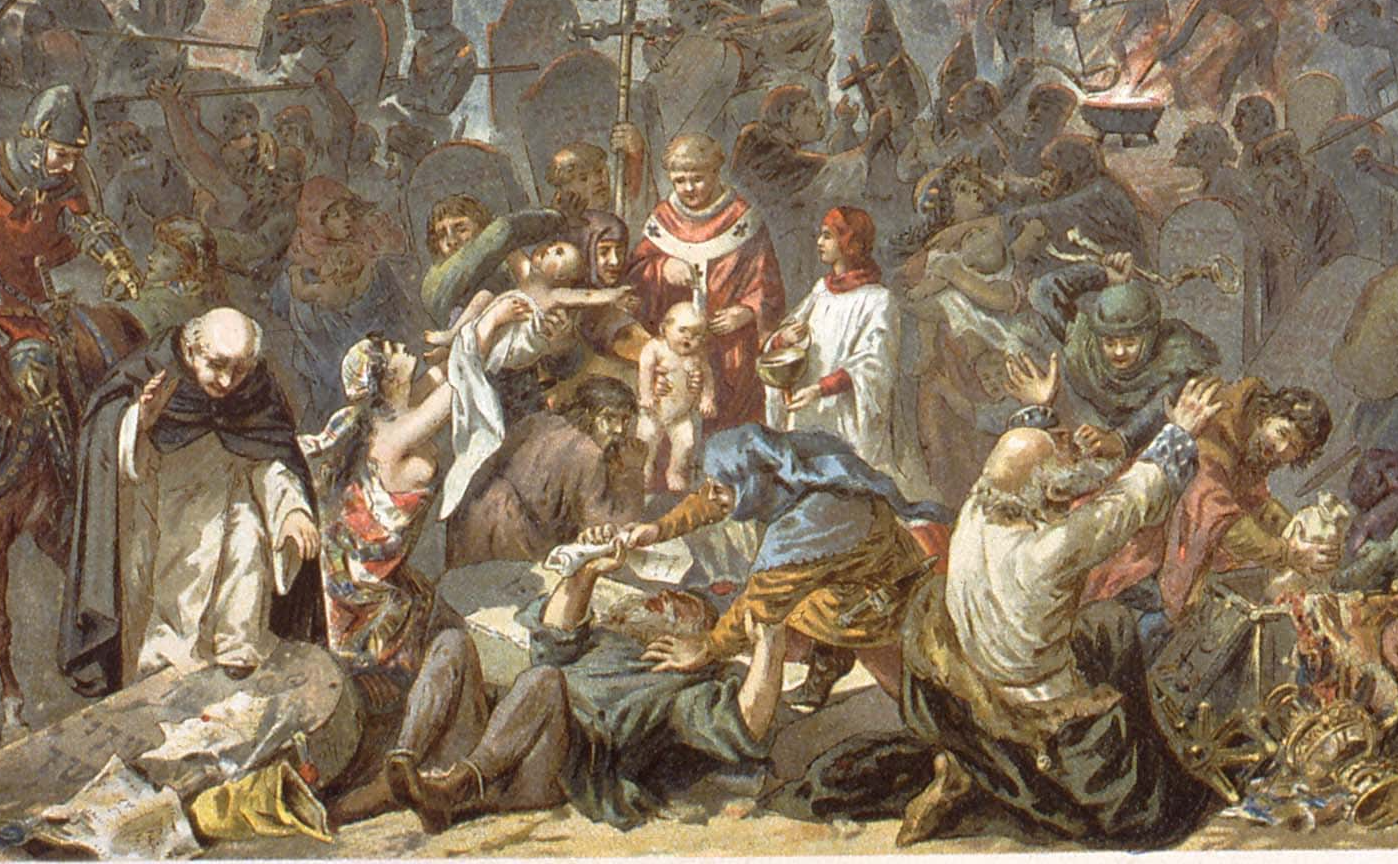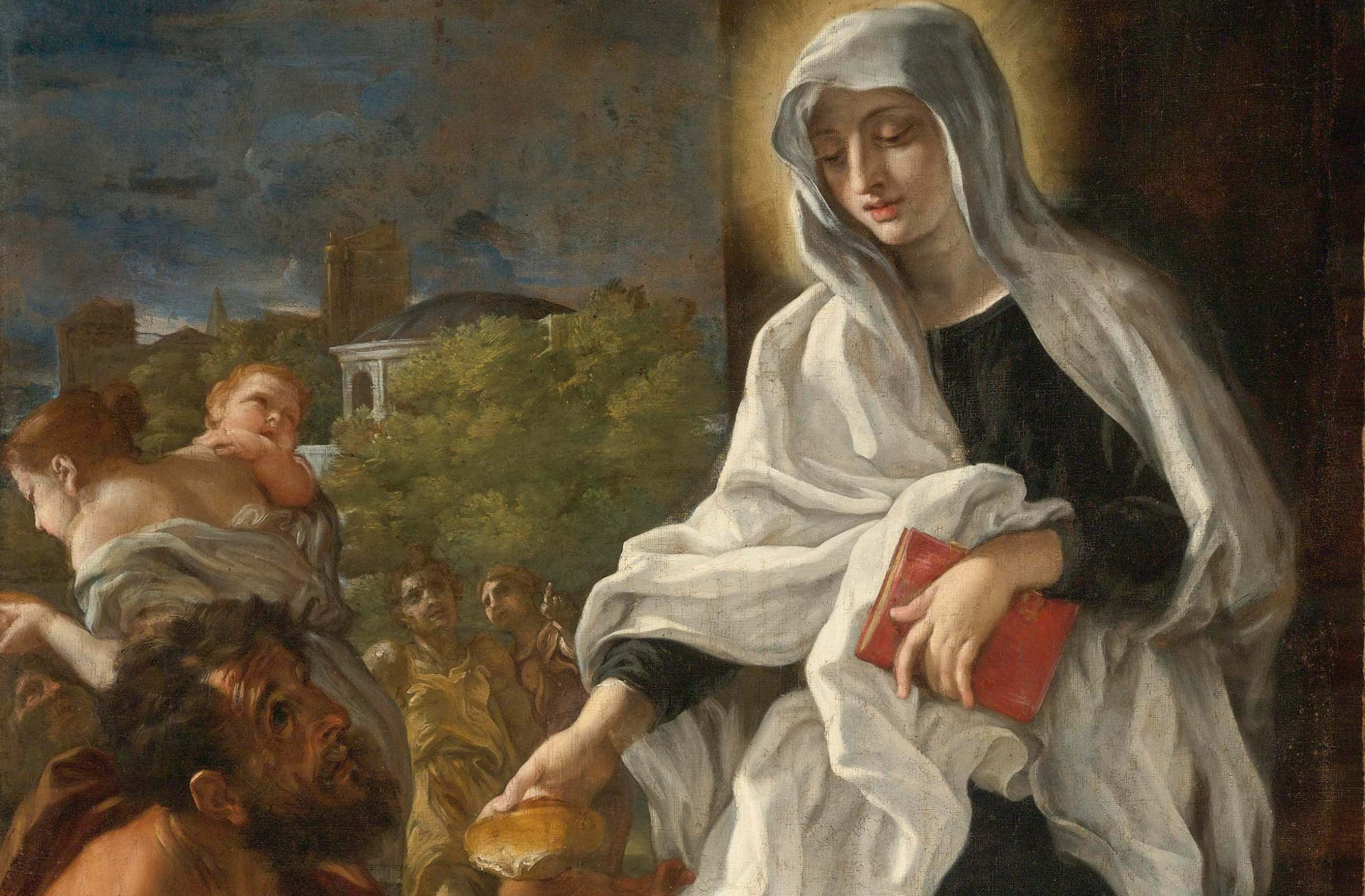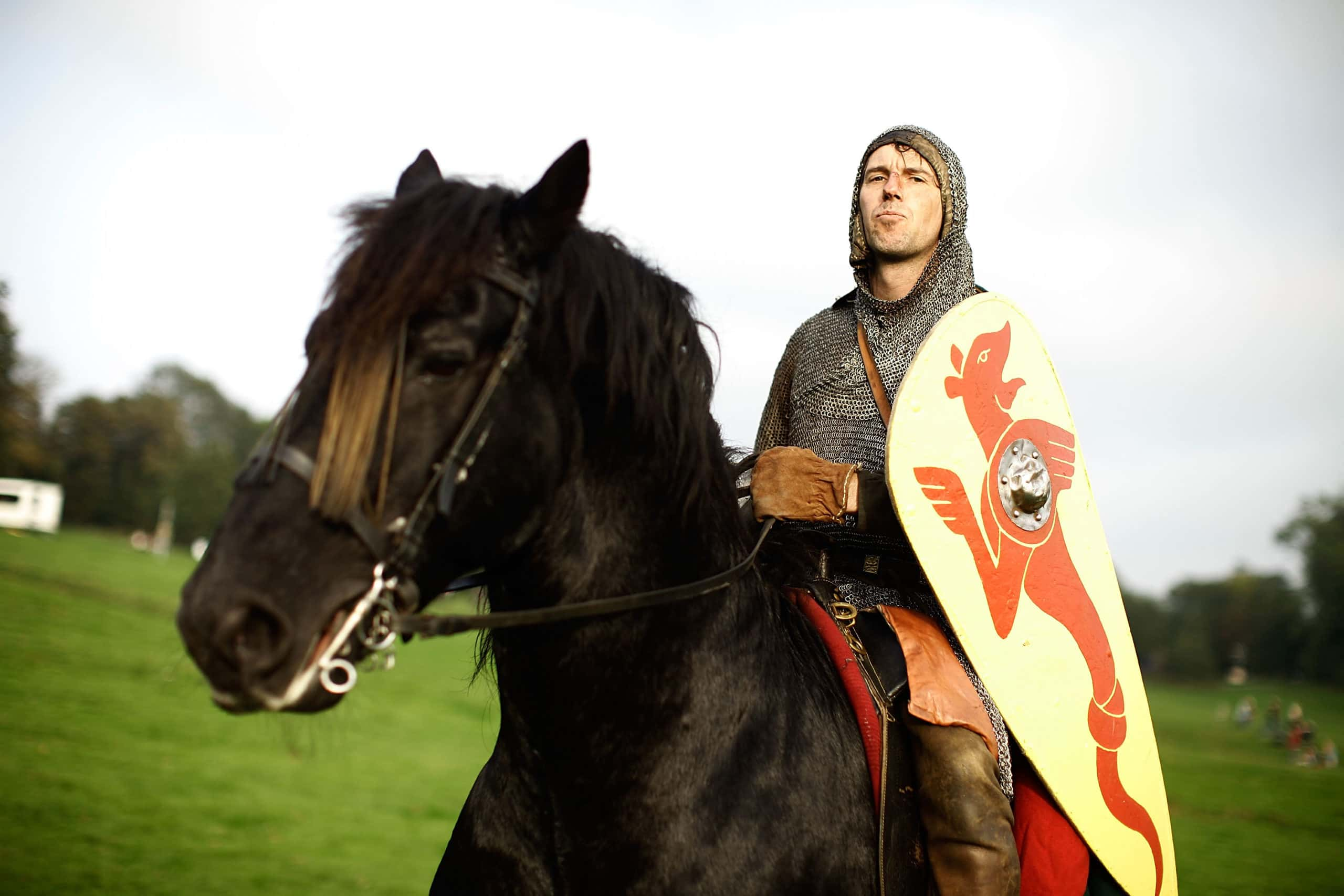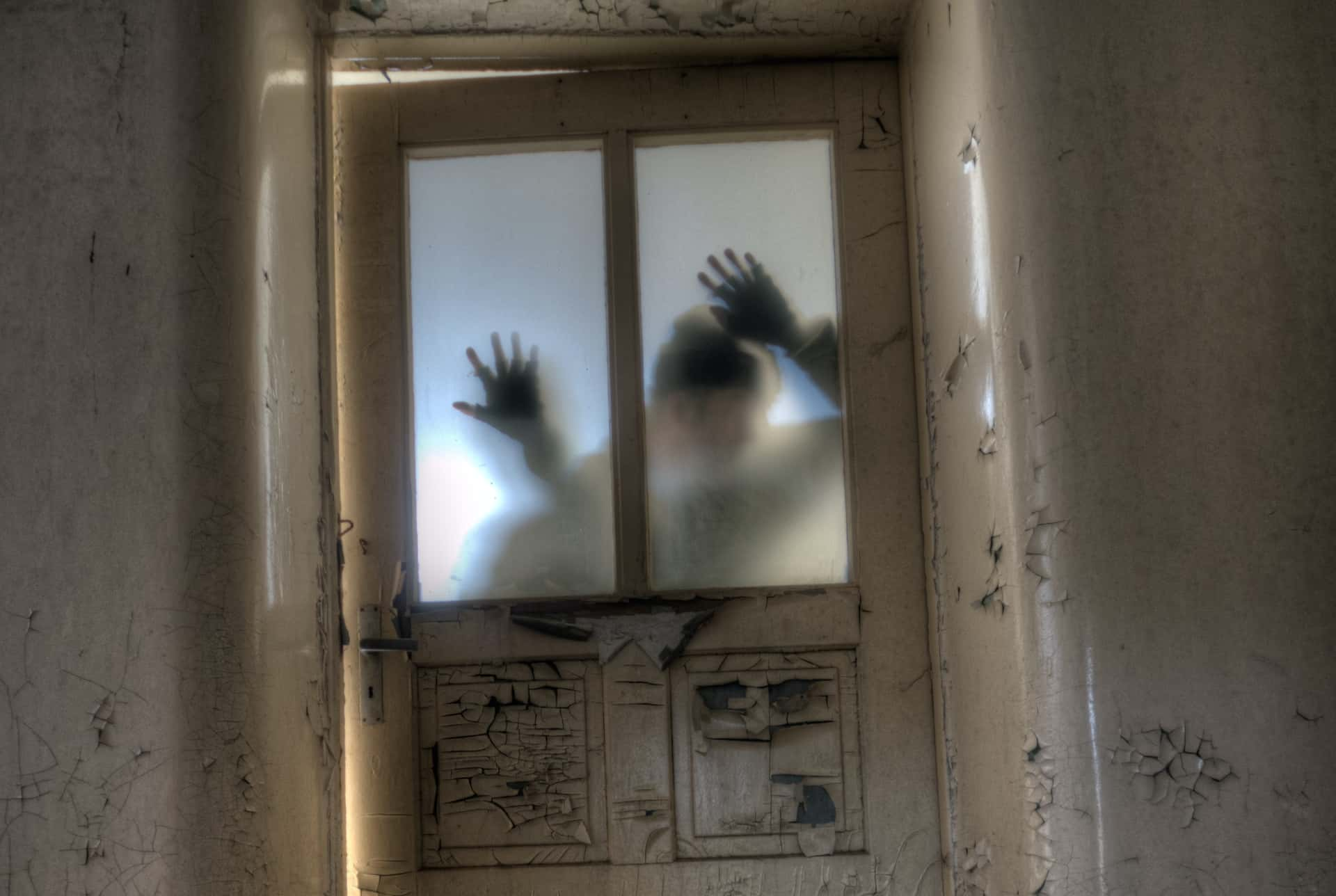It won’t surprise anyone to hear that the Middle Ages weren’t a great time to be alive. Perils and sickness were ever-present, superstition ruled people's lives, and even the smallest infractions could incite penalties worthy of the most gruesome episode of Game of Thrones. These 41 facts will explore all that’s gory, obscure, disgusting, or just plain weird about this dark period in European history. But be warned: Some of these facts aren’t for the faint of heart!
1. Splitting Pain
Two medieval methods utilized basic apparatus and the force of gravity to inflict extreme levels of discomfort. The Judas Cradle was a pyramid-shaped spike that a victim would be forced to sit on, so that it penetrated their anus. The Spanish Donkey used a similar principle, but victims would straddle a wedge-shaped board with a pointed top. Torturers could strap weights to the feet of their victims to increase the suffering.

2. Feeling Sluggish
During the Crusades, Muslims would sometimes defend themselves with aconite, a kind of poison. The 14th-century physician Guido da Vigevano noticed slugs munching happily on some aconite leaves, and did what any of us would do: He made slug soup. Just as Vigevano anticipated, the sluggy dish served as an efficient remedy for aconite toxicity.
3. Pain Before Pleasure
Acts of intimacy meant solely for pleasure and not for reproduction were deemed sinful, with the consequence being life incarceration. So was any form of female domination over a man—meaning women couldn’t go on top. One saint, Francesca Romana, was pressured into matrimony and was so terrified of experiencing pleasure, she inflicted severe burns on her own intimate areas using hot fat to make marital relations as distressing as possible.
4. Like a Log
King Henry VI suffered from a ‘sleeping sickness’ that remains mysterious to this day. After a sudden fright, the King fell into a catatonic state for a year and a half. When he woke up, Henry VI was reportedly childlike and agreeable, but sometimes couldn’t recognize people. The king continued to slip into catatonia periodically for the rest of his life.
5. Bad Blood
Bloodletting was a common medical practice in Middle Ages, which was meant to let ‘bad blood’ out of the body. Medieval Europeans were so into it, they had texts advising which saints’ days were best for bloodletting, and charts showing which parts of the body were best to bleed according to the zodiac.
6. Middle-Aged Teens
A useful indicator for the quality of life—or lack thereof—in a certain time or place is the average life expectancy. Since a man born between 1276 and 1300 in Medieval England could only expect to make it to 31 years old, life must have been really tough. Good news for the ladies, though: women born in the same time period on average made it past childbearing age. Phew!
7. Let's Enjoy Daytime Merriment
In Medieval England, people rarely drank water because of the risk of disease. While fresh spring water could serve as a suitable substitute, most people opted for the more logical option: spirits. It was perfectly usual to consume substantial quantities of fermented grape juice, barley beverages, or apple-based drinks, indicating it was equally common to be inebriated frequently. 10:30 am? Guess I’ll crack a cold one! But what do you drink when the hangover finally sets in?
8. Laying Hands
Among the many diseases people had to fear in the Middle Ages was the King’s Evil, a form of tuberculosis that caused black lesions all over the neck, which would rupture and leave open sores. The only cure was a touch from a king or queen. King Henry IV alone touched 1,500 people suffering from the disease, though it’s not clear how many he cured…
9. Silent Majority
The Domesday Book of 1086 tells us that about 74% of the population of the English countryside was not free. Serfs, cottars, bordars, and slaves were all bound in servitude to a lord for life, and needed his permission for every major decision—even marriage.
 Wikimedia.Commons
Wikimedia.Commons

Sign up to our newsletter.
History’s most fascinating stories and darkest secrets, delivered to your inbox daily. Making distraction rewarding since 2017.
10. A Bad Way to Go
If you were condemned to meet your end in Medieval Europe, you'd likely wish for a swift method such as beheading. Certain execution methods were designed to prolong and intensify the suffering as much as possible. For instance, drawing and quartering involved the victim being dragged behind a horse, hanged until almost, but not completely depleted of life, disemboweled while still conscious, and then pulled or cut into four pieces. Sounds excessive, no?
11. Unorthodox Measures
Crusaders famously sacked Jerusalem, but even Christian cities weren’t always safe from their attacks. In 1204, the armies of the Fourth Crusade entered Constantinople, the capital of the Byzantine Empire and a major Christian center—which unfortunately didn’t protect the inhabitants from being slaughtered for practicing their religion the ‘wrong way.’
12. 50/50
The Black Plague resulted in the loss of roughly half of Europe's population. If you inhabited the 1340s, your chances of enduring would have been merely 50%—and that’s not considering all the other dangers that could have resulted in your demise!
13. Ever the Scapegoat
As the bubonic plague swept through Europe in the 1340s, no one knew what caused it or how to cure it. Some considered it a divine retribution, and thousands of Jews lost their lives as heretics in an attempt to restore God's favor.
14. Bad Crops
The plague wasn't the sole reason for widespread demise and agony in medieval Europe. Between 1315 and 1317 (with the aftermath lasting over a decade), excessively wet summers led to poor crop yields and brought about a disastrous famine. The famine resulted in the depletion of 10% to 15% of Europe's population.
15. No Joke
The Battle of Hastings, the great encounter between the Saxons and the Norman invaders, got off to a slow start: The Saxons had the high ground, and didn’t want to sacrifice their advantage by charging. The Normans coaxed them into charging by sending a juggler out. The Saxons were confused by his juggling, and when he concluded by hurling a spear into their line, the Saxons lost it and charged.
16. Uncle Scar IRL
When England's King Edward IV ceased to be in 1483, he left behind two sons, the eldest of whom was only 12 years old. Edward’s brother, Richard, had the boys declared illegitimate, and therefore not entitled to the throne. Richard was crowned King Richard III, and the two boys ‘mysteriously’ disappeared shortly afterward. So the next time you get ‘King Richard III is one’ as a crossword clue, the word you’re looking for is ‘Usurper.’
17. Taking the Blame
Medieval Europe was full of religious fanaticism, and it could be costly if the dominant faith considered you a heretic. Following massacres of English Jews in the 12th century, King Edward I banished the entire Jewish population in 1290—they weren’t officially allowed back for nearly 400 years.
 Wikipedia
Wikipedia
18. Women’s Work
Men weren’t the only ones fighting battles and running castles in the Middle Ages. Nicola de la Haie was a noblewoman at the turn of the 13th century who inherited the titles of Sheriff of Lincolnshire and Constable of Lincoln Castle from her father, and twice defended Lincoln Castle from a siege. Though the aging and widowed Nicola tried to retire in 1216, King John convinced her to continue her duties for another ten years.
19. A Ragtag Group of Misfits
How do you defeat the best knights in the best armor France can find? England’s King Edward III found the solution in his country’s seedy underbelly, recruiting violent ruffians from prisons and sketchy backstreets to join his army. The scrappy English warriors proved too strong for the French knights at Crécy, Poitiers, and Agincourt.
20. Don’t Like Those Odds
If you were an English king in the Middle Ages, your chances of making it through a peaceful reign were pretty slim. Edward II and Richard II were both deposed, Henry II faced rebellions from his own children, and King John succumbed to dysentery while fighting to regain his throne. Harold Godwinson and Richard III met their end in battle, while Richard Lionheart fell at the hands of a chef with a crossbow.
21. What’s That Smell?
King Edward III banned the slaughtering of animals in London, because the stink of rotting flesh and guts in the city had become overpowering. Rotting meat was also commonly dumped in the Thames—no wonder they avoided drinking water!
22. Where the People Go
Where do people go for fun in this town? Try the cemetery! In the Middle Ages, cemeteries could be the social hub of the community, hosting theater performances, local elections, trials, and lots more. They were also a place of business: Shops in cemeteries were exempt from taxes, and prostitutes would ply their trade among the tombstones.
23. No Kidding
The Middle Ages were not a good time to be a child under seven. Based solely on written records, scholars have discovered that 20% to 30% of young children did not survive, and the real figure is probably greater.The majority of victims of the plague were children, and little kids also had to contend with whooping cough, influenza, tuberculosis, measles, smallpox, and much more.
 Flickr
Flickr
24. Medieval Zombies
There are many ghoulish tales from the Middle Ages about corpses reanimating after life has ceased. One 12th century writer, William of Newburgh, documented several 'reliable' accounts of revenants and even vampires, beings that were supposedly living beyond their mortal existence. In Scotland, monks at Melrose Abbey reported being visited by a departed priest who persistently "groaned and murmured in an alarming fashion".
25. Dying With Dignity
Though nowadays most of us wish for a swift and comfortable end, such a manner was deemed the most unfavorable during the Middle Ages. That's because passing away without the opportunity for confession and Last Rites implies that the spirit of the departed would wander restlessly forever. Quick deaths were therefore associated with sinners and murderers, while slow, drawn-out deaths were for respectable people.
 Wikimedia.Commons
Wikimedia.Commons
26. Accurate Representation
How would you like to be remembered after your time has passed? If you chose "as decaying remains," you would blend seamlessly into Medieval society. A kind of tomb known as 'transi tombs' was designed to showcase a sculpture of the departed individual in a progressive state of decay, sometimes appearing to be consumed by snakes or other creatures.
27. Making Sure
Prior to the development of contemporary medicine and technology, it was challenging to confirm if someone who seemed to be lifeless was genuinely so. Methods of verification included tugging at the individual's hair, twisting their fingers, and pricking them with a needle. One Medieval poem recounts Charlemagne biting the toe of Roland in an effort to wake him up.
28. Don’t Choke
Medieval methods of harsh punishment were just as horrific as the stereotypes would have us believe. One gruesome device was the choke pear, a metal contraption that torturers would insert into a victim’s orifices and then expand. I didn’t see that the last time I went to Medieval Times!
29. I Smell a Rat
Some methods of causing extreme pain were so horrific that they could turn your stomach just thinking about them. Rat mistreatment is one of those. A starving rat would be placed on the victim’s belly and covered with a hot metal container. The rat would be forced to escape the only way it could: by burrowing into and then through the victim’s stomach.
30. Take a Seat
Another hideous way to go was on the Iron Chair, a chair covered in sharp iron spikes. Victims would be placed on the chair and their restraints tightened to push the spikes farther into them. The worst part is that the victim would not bleed as long as the spikes were in, and so they would be alive for the whole ordeal—until they were removed.
31. You’re Doing It Wrong
Even Christians could get in trouble for not following their religion properly. The Albigensian Crusade of 1209 to 1229 had nothing to do with the Holy Land, but rather targeted a Christian sect in Southern France. Inquisitions and executions of heretics there continued into the following century.
32. Passion for Unlawful Activities
Not all medieval punishments were violent; some were just bizarre. Sometimes, criminals would have to wear scary animal masks around in public or in the stocks. Some also had to wear badges revealing their wrongdoings for the rest of their lives. I’m sure it was embarrassing and all, but I’ll take that over the Iron Chair.
33. Dance ‘Til You Drop
One of the most mysterious afflictions of the Middle Ages was the Dancing Plague. Those affected would dance continuously and in a synchronized way, until they collapsed from heart attack, stroke, exhaustion, or dehydration. One outbreak, in 1374, affected entire towns in France, Belgium, and Luxembourg.
34. The Cadaver Synod
Some people hold on to their grudges a bit too long. In 897, Pope Stephen VI had the remains of his predecessor, Pope Formosus, dug up for a posthumous trial. It’s not entirely clear what he wanted to accomplish, since Formosus had already been excommunicated, but Stephen VI found Formosus guilty, chopped off his blessing fingers, and reburied him. Stephen VI ordered for the second exhumation of Formosus's remains, which were subsequently discarded in the River Tiber.
 Wikipedia
Wikipedia
35. The Magic Touch
There was a belief in the Middle Ages that corpses retained a tiny spark of life and were therefore magical, which justified the practice of ‘cruentation’. For this, they would arrange for the accused murderer to encounter the lifeless body of their alledged victim. If the lifeless body started spontaneously bleeding, that proved the murderer's guilt. Cruentation was a legally valid practice and was used as late as the 17th century.
36. Definitely a Turn-Off
Birth control was quite difficult in medieval times, though it was helped by the belief that the best time to conceive was during menstruation. Contraception methods included wearing the testicles of a weasel, the earwax or uterus of a mule, a bone from a black cat, or donkey dung around your neck. I mean, that’s one way to make a man keep his distance.
37. Here Kitty, Kitty
Superstition surrounding black cats goes way back—all the way to 1232, in fact. That’s when Pope Gregory IX published a work describing the rituals witches used to summon the Devil. According to the Pope, witches would kiss and adore black cats, even kissing their ‘hind parts’. This revelation ignited a wave of feline eradication that could have led to a surge in the population of plague-carrying rats in Europe.
38. Throwing a Myth Out the Window
It’s a common myth that people would throw their excrement out the window during the Middle Ages, due to a lack of sewage systems. Thankfully, the truth is people were just as grossed out by sewage back then as they are now. Most houses had either a latrine that emptied into a pit, which had to be cleaned periodically, or a bucket that they would dump into a river. I’d be careful about going for a swim.
39. Out of Your Head
In Medieval Europe, mental disorders were seen as a sign of demonic possession, moral failing, or sin. Treatments included exorcisms, whipping, and trepanning—drilling a hole in the patient’s head to let the demons out. That’s using your head!
40. I Ain’t Lyein’
Who doesn’t love the smell of fresh, clean laundry? Medieval people, apparently. They washed their clothes with lye made from ash and human urine.
 Pexels
Pexels
41. This'll Suppress Your Appetite
Many medieval saints were reputed to have healing powers, and they often cared for lepers and those afflicted with similarly gruesome diseases—by licking their wounds. St. Mary Magdalene of De’Pazzi licked the sores of the ill, and even sucked maggots out of wounds. St. Angela of Foligno drank water she had used to bathe a leper’s feet, and purposely swallowed one of his scabs.
 Wikimedia.Commons
Wikimedia.Commons
Sources: 1, 2, 3, 4, 5, 6, 7, 8, 9, 10, 11, 12, 13, 14, 15, 16, 17, 18, 19, 20, 21, 22, 23, 24, 25, 26










































